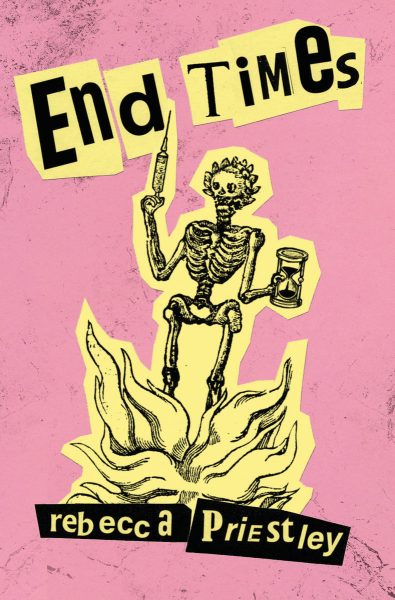Wild Man From the Bush
IN THE 1960s, while Barry Crump’s hard-case yarns of deer-hunting in the Ureweras were taking New Zealand by storm, another eccentric take on the culling business lay languishing among family papers. Those Wild Men From the Bush, the visual diary of a government deer culler written 20 years before Crump’s novel, had to wait another half century to taste printers’ ink.
The diary’s author was 20-year-old Neville Spooner—“Stag” to his mates—a lively, bright-eyed lad with a wiry beard and an unruly mop of hair. Born into a hunting family (one photo shows 15 or more of the Spooners’ guns leaning against a wall), he developed an early interest in both art and hunting. As a boy, he neatly combined the two by producing illustrated stories about his shooting and fishing exploits.
Spooner’s impulse to record reached a peak with Those Wild Men. Across 80 pages and 320 captioned drawings it faithfully recorded the daily doings of cullers contracted to bring the country’s burgeoning wild deer population under control.
The 80-page diary begins in the severe winter of 1939, with the men cutting tracks in the Tararua Ranges near Spooner’s Carterton home. Action then shifts to the Whitcombe Valley in Westland where, armed with his old ex-army Lee-Enfield rifle, Spooner proved to be a skilled marksman. He shot a record 525 deer in the season downing 41 on one memorable day alone.
The diary has now been reproduced in facsimile as part of a generously illustrated biography by Chris Maclean, Stag Spooner: Wild Man from the Bush. Spooner’s vignettes are to treasure:
“While Pete went up to bag a lone hind (losing his knife in the process) Stag boils the billy but set light to the tussock slope—silly fellow,” declares the caption to one drawing.
After much tramping and shooting, camp making, letter reading and billy boiling, punctuated by several forays back to civilisation, Those Wild Men trails off into uncaptioned pictures and pencil sketches then, finally, a blank ruled page. Spooner’s thoughts had turned to war.
On July 1, 1940, he volunteered for active service, surprisingly fetching up as a non combatant with the Fourth Field Ambulance. Military minds apparently rated his early job driving a grocery vehicle around the Wairarapa more highly when it came to waging a world war than his prowess as a sharpshooter in the mountains.
Army life stretched Spooner. He was stationed in North Africa and described his experiences (which included, briefly, being taken prisoner) in a steady flow of letters to family, enclosed in outrageously decorated envelopesWild Man from the Bush reproduces more than 30 of them, along with several drawn by brothers Tory and Bryan. Soon he was selling specially printed envelopes to fellow soldiers, reporting that one edition of 1500 copies sold “like hot cakes—DOENUTS—at 3d each”.
In June 1944, Spooner’s ambulance unit entered newly liberated Rome.
“We stared in wonder. There was the great marble pillars of the Old Roman Forum, and the world’s largest amphitheater the ‘Colosseo’ which will hold 87 thousand people, and all round those old historic ruin sare the 18, 19 and 20 century buildings, including the greatest monument I have ever seen, the King Emmanuel Memorial,” he wrote in a letter home.
“Ten years ago I would have never dreamed that I could come here, and although it is a great thing in a bloke’s life, I would enjoy myself much better on the mountain or at the coast but then one can always do that, can’t one.”
In 1945, the brothers arrived back in New Zealand, their army days at an end. Spooner took up cabinet making and dreamed of living off art. The next year, aged just 28, he was dead. The cause is unclear, but it seems that he caught pneumonia while on a solo hunting trip in a remote spot at the northern tip of Lake Te Anau.
In a letter to Mrs Spooner, the boatman who had dropped her son at the isolated camp site wrote: “I have seen practically every bit of New Zealand and Australia and also a fair bit of the world during the recent war but I still have to see a more beautiful spot than this final bay of the North Fiord.”
The fact that he died in such a place, while engaged in an activity he loved, could have been little consolation to Spooner’s mother. Or to readers who see the talent and promise at the heart of Stag Spooner.

















